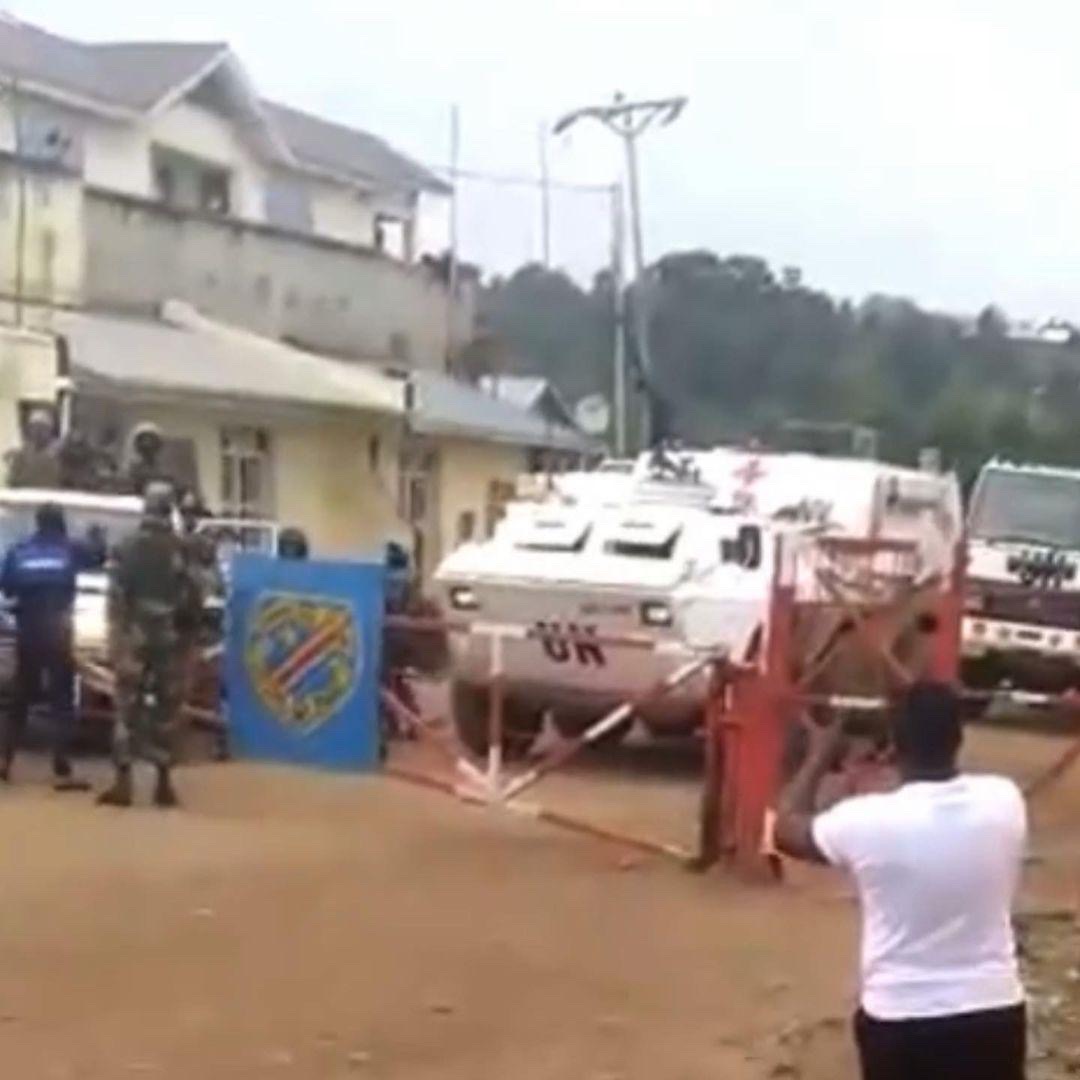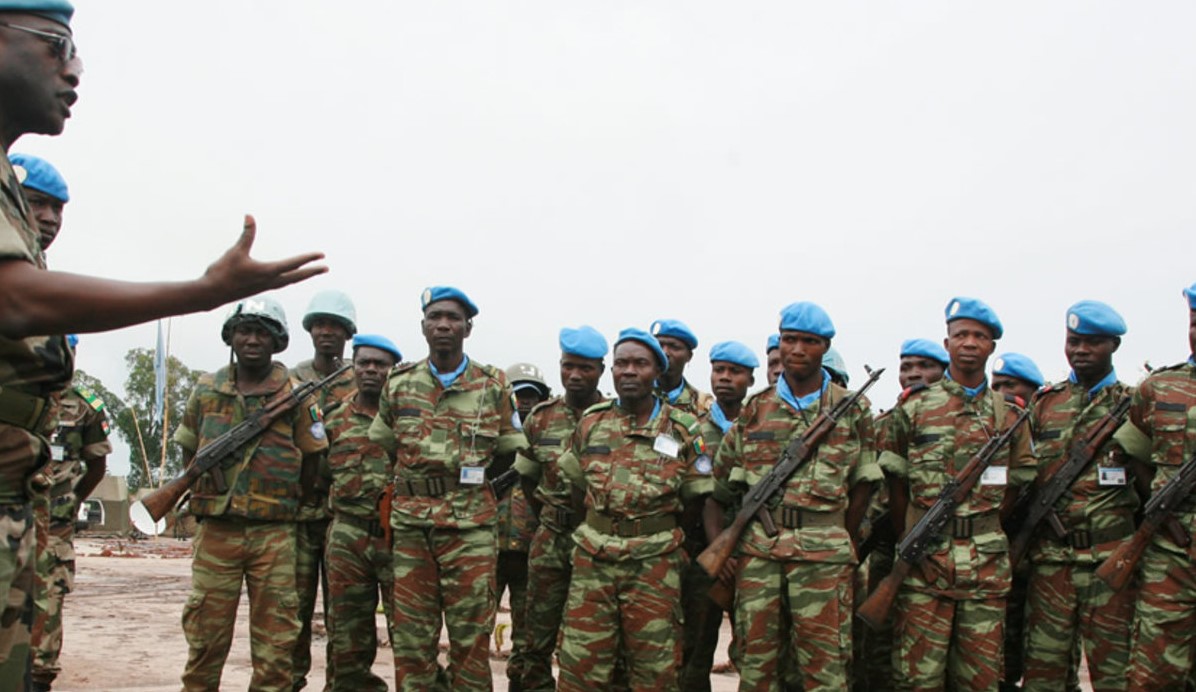What’s Happening
Following longstanding pressure from the Democratic Republic of the Congo’s (DRC) government, the UN’s mission in the DRC, MONUSCO, has committed to withdrawing it’s forces from the DRC completely by the end of 2024.
The Plan
The first large stage of MONUSCO’s withdrawal will begin in April with approximately 2,000 UN troops leaving the country. The troops leaving are all based in the South Kivu province. According to MONUSCO’s website, they have 14,000 military personnel in the DRC, and so 12,000 will remain following the initial withdrawal.

The DRC has signed an agreement with the UN for MONUSCO’s “accelerated withdrawal” from the country, which is to be achieved by December 31st.
The withdrawal is to take place in three phases.
The FARDC, the DRC’s military, will take hold of the UN’s 14 bases after they withdraw.
The Buildup
It has been clear for many months now that the UN would likely be leaving the DRC soon. MONUSCO has been the target of a series of anti-UN protests, which in both 2022 and 2023 saw dozens of people killed, including several peacekeepers.
“It is to be deplored that peacekeeping missions deployed for 25 years … have failed to cope with the rebellions and armed conflicts” -DRC President Felix Tshisekedi
MONUSCO has been subject to severe scrutiny from the DRC’s government and civilians for its inability to solve the violent instability which has plagued the east of the country since the 90’s. The UN has had a mission deployed to the DRC since 1999, and has not made much progress in pacifying the over 100 armed groups which operate within the DRC, primarily in the North and South Kivu provinces, and the Ituri province. Congolese anger with the UN over their failure to solve these issues, mixed with a few significant incidents of violence by the UN against civilians is what spawned the protests.
2022’s protests witnessed the deaths of 4 peacekeepers and 32 civilians, with an additional 170 wounded.

In 2023’s protests, 43 people were killed with an additional 53 injured.
The DRC’s government had been calling for the UN to withdraw for several months before the UN Security Council finally voted in December to close the mission. The vote was unanimous.
Originally, MONUSCO’s departure was scheduled to begin in December of 2024, and finish in December of the following year. As a part of the UN’s “accelerated withdrawal”, this has been moved up a year, and according to the new schedule will be completed in December of 2024.
MONUSCO’s presence had already slowly started to scale down, particularly since protests began.
Few Alternatives
The UN is not the only organization which has faced scrutiny from the DRC’s government. In December of 2023 the East African Community Regional Force (EACRF) withdrew from the country after only being there for approximately one year, due to the same reason. That being, the DRC had deemed them ineffective in fighting the armed groups operating there. The DRC wanted them to directly combat the M23 rebel group, however the EACRF instead largely just served to secure areas which the M23 withdrew from in planned withdrawals resultant from attempted peace processes.
In their place, the Southern African Development Community has deployed to the country, promising to fight alongside the DRC against the nations armed groups. While the deployment is fresh, and thus their effectiveness in doing so has yet to be proven, doubts have been raised as to the ability of South Africa to head this mission, in which they are joined by Malawi and Tanzania.


